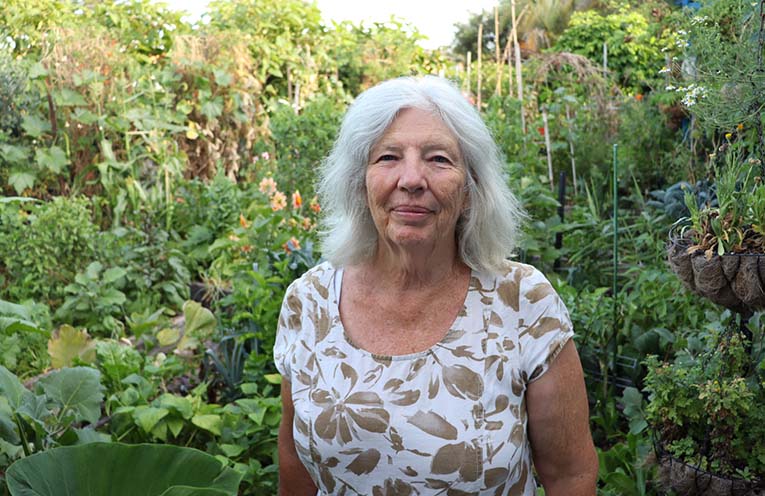
ENHANCING your food security – growing your own brekkie, lunch and high-tea – is a smart move in the modern world.
Not only does it mean low food miles, it can provide you with on-hand succulent snacks or a full blown flavoursome meal.
 Advertise with News of The Area today.
Advertise with News of The Area today.It’s worth it for your business.
Message us.
Phone us – (02) 4981 8882.
Email us – media@newsofthearea.com.au
If you’re turning into the new year with a growth mindset, you might fancy designing your yard to maximise food production.
Permaculture designing is all about working with nature to get the most out of every plant or element, as well as being mindful of the world in which we share.
Peter Lewis, President of Coffs Regional Community Gardens Association, shares key points about permaculture you can put into practice to get going.
“The most important tool in every garden is the pencil,” Peter told News Of The Area.
“Good designing is about trying ideas out on paper.
“Easier to move a tree by redrawing it than digging it out in five years when you find it’s shading the veggies in winter.”
The next most important element is “where is north?”.
“Every other element can be altered, except where the sun shines,” he said.
It’s a good idea to create either a two of three dimension map of the site.
For 2D, get a Google Earth photo of the site and print it out a few times on A3 size paper.
Or, using a large sheet of polystyrene, create a 3D layout which lets you see how shadows, frosts, wind or run-off might affect your garden.
The 3D is good as a hands-on practical way of moving elements around.
“Shine a torch across the design to see how the shadows land,” said Peter.
Peter’s ten key design points
1: Vision – what would your perfect garden look and feel like?
2: Create a base map, putting in existing structures, paths, gardens and trees. Include neighbours and their structures, trees or public spaces that may impact your site.
3: Site assessment and consultation with family and friends. You might get agreement with neighbours to plant cooperatively or build trellis or fencing that can be useful to both of you.
4: Do sector analysis – where does the sun shine in the morning in winter? Are there buildings that shade the site? Is there prevailing wind or water runoff?
5: Zoning plan – in permaculture terms Zone Zero is you, your sense of contentment and purpose.
Zone 1 is the garden veggies you’re going to access the most, herbs, veggies you’ll put in everyday meals.
Zone 5 are things you’ll access maybe once every year or even longer.
An olive tree gets picked once a year.
Could it be planted as a street tree or on a reserve or an easement and shared?
6: A bubble map is the written explanation of ideas or elements on an overlay sheet. You can alter these things later as you reconsider your design.
7: Your concept plan may be done as a group in the workshop but can be done as a ‘pitch’ to family, friends or clients.
8: Review and edit – take out the ideas that didn’t work. Remove the Bunya tree that will drop ten kilograms of nuts on your car etc.
9: Do a detailed design that you can use for years to come (modify as you go). Remember a plan is a guide not a doctrine.
10: Present your finished design to show how clever you are.
For more information visit www.coffscommunitygardens.org.au or the Coffs Community Regional Gardens Facebook.
By Andrea FERRARI
I love articles from Peter and Linda. I have Linda’s book from which I built the chook dome. I haven’t had formal training in permaculture but try things out here in Kyogle.